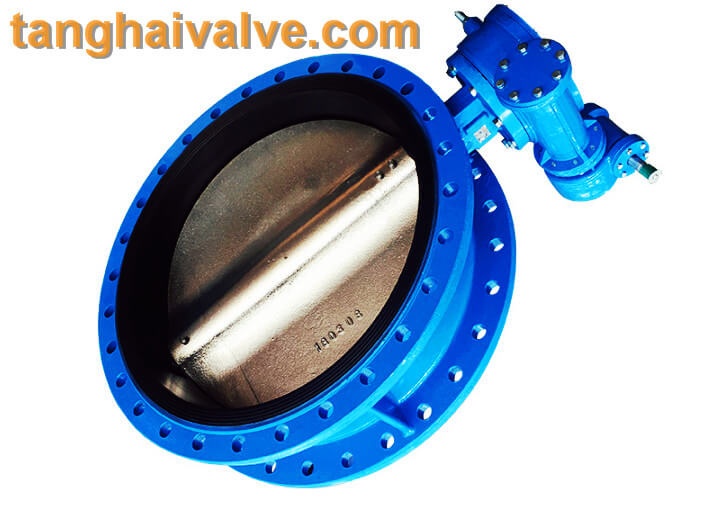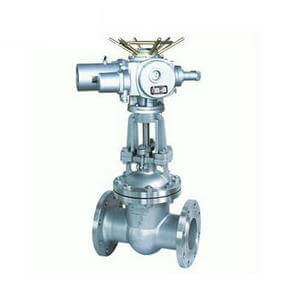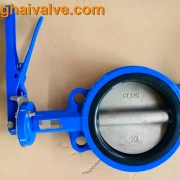Types and working principles of electric valves
The so-called electric valve, as its name implies, is to drive the opening and closing of the valve through the power

U type flange butterfly valve (6)
supply. It is mainly composed of two parts. The upper part is an electric actuator and the lower part is a valve. In industrial processes, it is used to control the travel and flow of various fluids, such as water, oil, chemical liquids, etc., based on parameters such as temperature, pressure and flow. Electric valve is a kind of self-control valve that has been widely used in recent years. With its stable reliability and multiple control functions, it can meet the requirements of most common valves that cannot be used. It has become an indispensable control device in the process pipeline.
Electric ball valve; Electric regulating valve; Electric butterfly valve;
The electric valve has a simple structure and a long service life. It is suitable for almost all media and can greatly reduce the labor intensity of the operator. It is suitable for equipment where it cannot be manually operated or is difficult to approach. It can complete remote operation of the valve, and the height of the equipment is not restricted.
Types and classifications of electric valves:

electric stainless steel gate valve
1. According to different actuators, electric valves are generally divided into two categories, one is angular stroke, the other is linear stroke, angular stroke electric valve controls 90 degree rotation to achieve the on and off of the valve, and linear stroke realizes the valve plate. The up and down actions are usually used in conjunction with equipment with a higher degree of automation.
2. According to the function, it can be divided into switch type and regulation type, intelligent type and explosion-proof type; the switch type is fully open and fully closed, and the regulation type can control any opening degree to achieve the function of adjusting the flow rate!
3. According to the valve position, it can be divided into common electric ball valves, electric butterfly valves, electric regulating valves, solenoid valves, electric gate valves, electric shut-off valves, etc., which can be applied to various occasions.
4. According to the shape of the valve body, it can be divided into ordinary electric valve and micro electric valve. The working principle of the electric valve: The electric valve is connected by the electric actuator and the valve. After installation and debugging, the valve is driven by the power supply to realize the opening and closing action of the valve, so as to achieve the purpose of switching or adjusting the pipeline medium. The opening degree of the electric valve can be controlled, and the state is open, closed, half-open and half-closed, which can control the flow of the medium in the pipeline, but the solenoid valve cannot meet this requirement.
Solenoid valve is a type of electric valve, which uses the magnetic field generated by the solenoid coil to pull the valve core, thereby changing the on and off of the valve body, the coil is de-energized, and the valve core retreats by the pressure of the spring.
TH Valve is a professional manufacturer of butterfly valve, gate valve, check valve, globe valve, knife gate valve, ball valve with API, JIS, DIN standard, used in Oil, Gas, Marine industry, Water supply and drainage, fire fighting, shipbuilding, water treatment and other systems, with Nominal Diameter of DN50 to DN1200, NBR/EPDM/VITON, Certificates & Approvals: DNV-GL, Lloyds, DNV, BV, API, ABS, CCS. Standards: EN 593, API609, API6D
Related news/knowledge:
Description of electric valve connection;
Valve actuator / actuation -(4)-angle stroke valve actuator application;
Working principle diagram of electric butterfly valve;
Electric ball valve principle | Electric ball valve working principle

 tanghaivalve.com
tanghaivalve.com

 © Copyright 2020 Tianjin Tanghaidongyang Valve Co., Ltd. All Rights Reserved.
© Copyright 2020 Tianjin Tanghaidongyang Valve Co., Ltd. All Rights Reserved.